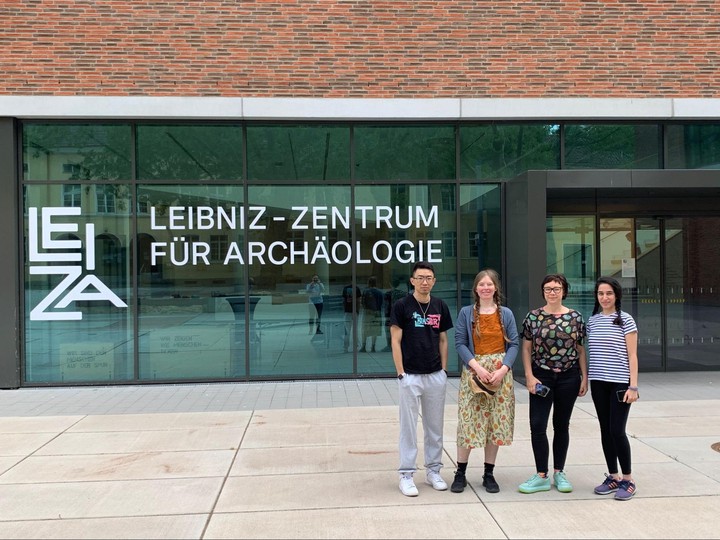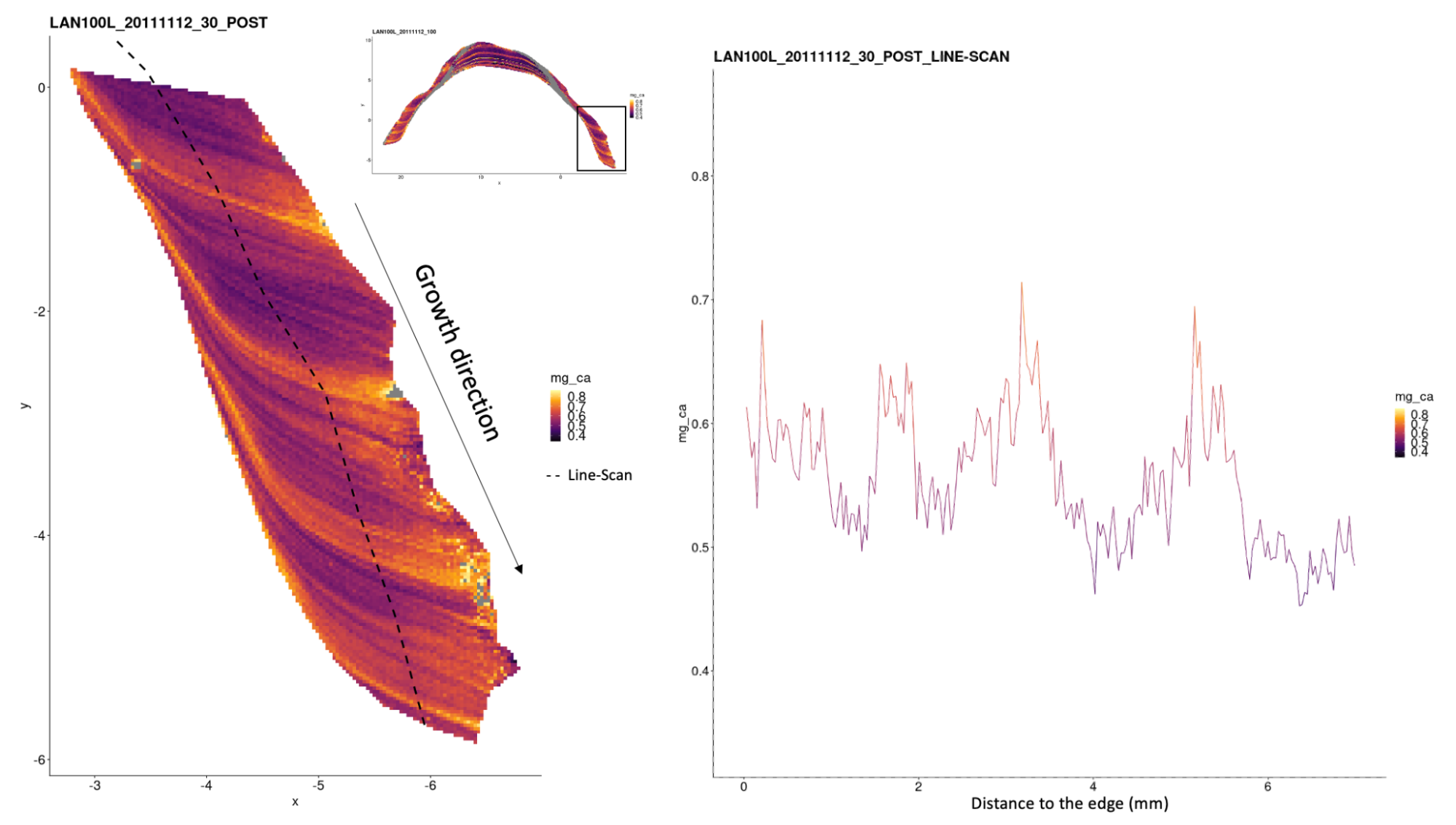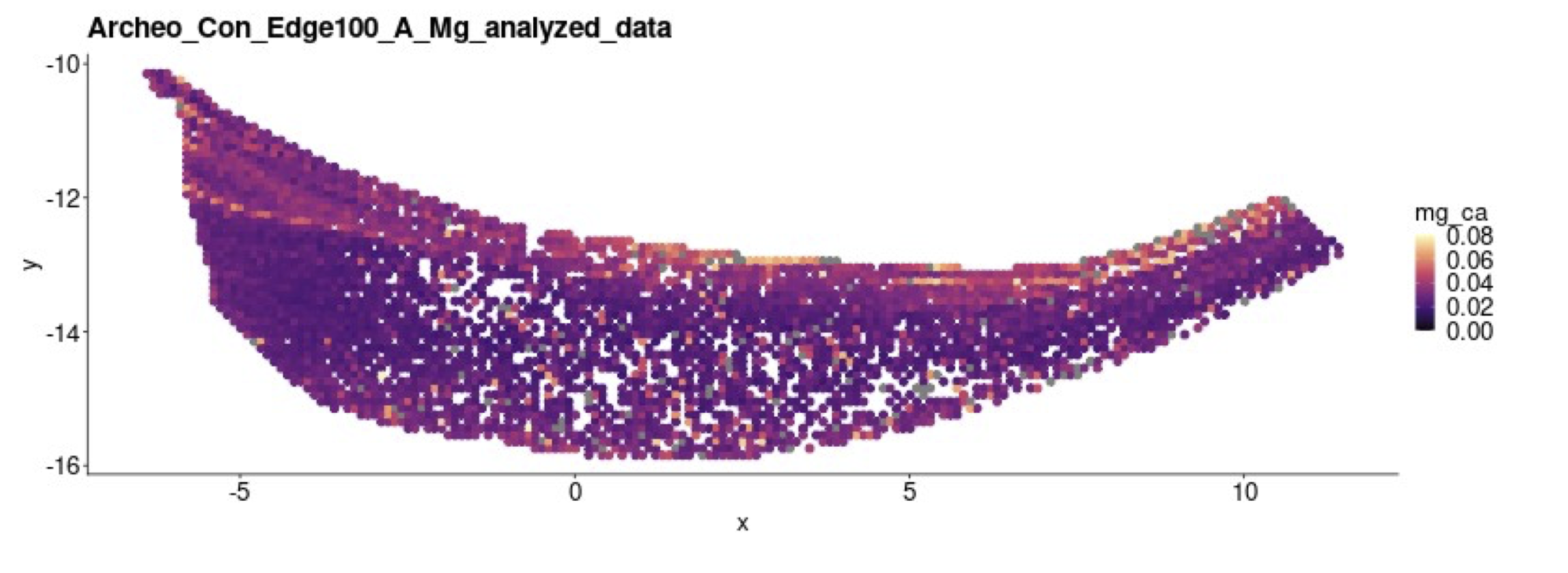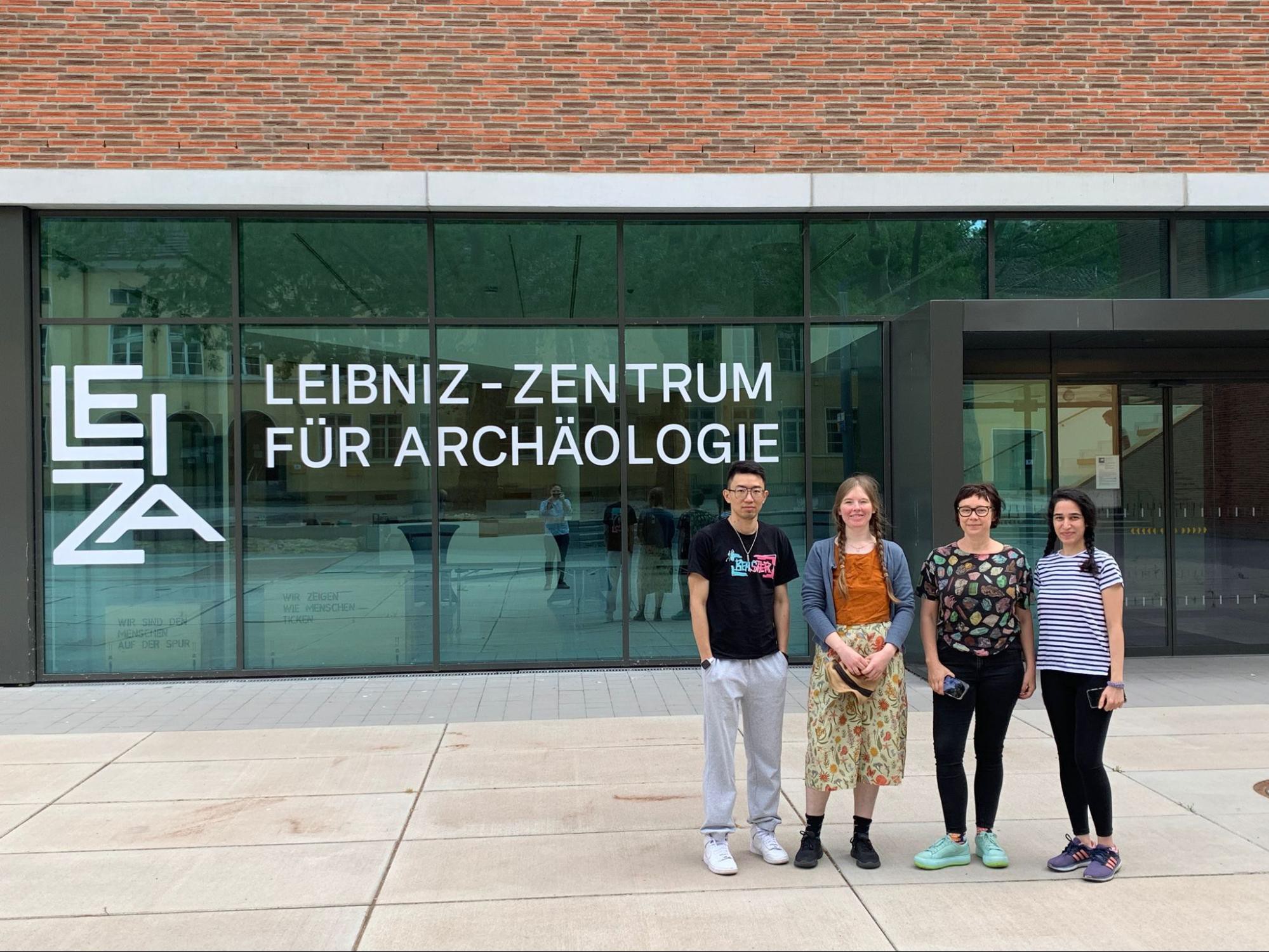Guest Blogpost — LIBS at LEIZA

June and July this year got really busy with five guest researchers coming to Mainz and trying out their shells on our LIBS system. Rosa Arniz-Mateos and Mahsa Alidoostsalimi make a start and write about their results.
Rosa
Rosa Arniz-Mateos, a PhD candidate at the International Institute for Prehistoric Research of Cantabria, specialises in the study of marine resource exploitation processes by Mesolithic societies along the northern Iberian coast.

She is particularly interested in recognising mollusk collection patterns indicative of seasonal shifts, providing insight into these societies’ subsistence strategies using techniques such as LIBS analysis.
To evaluate the validity of this method, a study was initiated by her colleagues, Igor Gutiérrez-Zugasti and Asier García-Escárzaga, involving 24 modern limpets collected over a year from Langre Beach in Cantabria, Spain. The limpets were analysed in the lab of the Photonic Engineering Group at the University of Cantabria, under the supervision of Adolfo Cobo-García and Jesús Mirapeix.
The initial data showed some inconsistencies, prompting Rosa to further refine her skills in LIBS methodology. She’s currently training at our Mainz lab with plans to reanalyse the previously collected data. The final step will be to process and interpret the findings from both systems to gain a better understanding of the method.
In the figure, you can see one of the results obtained with a sinusoidal pattern between the line scan and the colour range of the 2D maps that show Mg/Ca concentrations.

Mahsa
“To see variations in trace elements, or not see variations in trace elements, that is the question”
Mahsa Alidoostsalimi, a Ph.D. researcher at the University of Melbourne visited our lab to employ LIBS technique on her modern and archaeological marine gastropod shells. Mahsa’s research focuses on determining the seasonal shellfishing behavior of the Indigenous people in the Great Barrier Reef and deciphering whether the Indigenous people changed their shellfish gathering practices in response to seasonal variations associated with the Mid-to-Late Holocene El Niño-Southern Oscillation (ENSO). To achieve these aims, Mahsa analyzes multiple proxies, including oxygen isotopes and trace elements, using different techniques on her two species Conomurex luhuanus and Rochia nilotica, collected from Lizard Island, the Great Barrier Reef (GBR).
Although the LIBS technique did not yield conclusive results for both species, the obtained results still hold some interesting aspects, as shortly explained below. In terms of Conomurex luhuanus, no significant trace elemental variations were detected in the sample, which aligns with previous research conducted by Dr. Hausmann on a similar species, Conomurex fasciatus, collected from the Red Sea. Despite their study locations being completely different, both species show a similar result. As for Rochia nilotica, the complex coiled shape of the shell, makes it impossible to have a cross-section covering all growth bands. Therefore, one possibility to detect trace elemental variations is that only the last spiral of the shell is analyzed. The LIBS result indicates the necessity of applying other techniques such ICP-AES to analyze trace element variations in this species to acquire a better result.

The rest of the Melbourne Group
Stay tuned for more…
